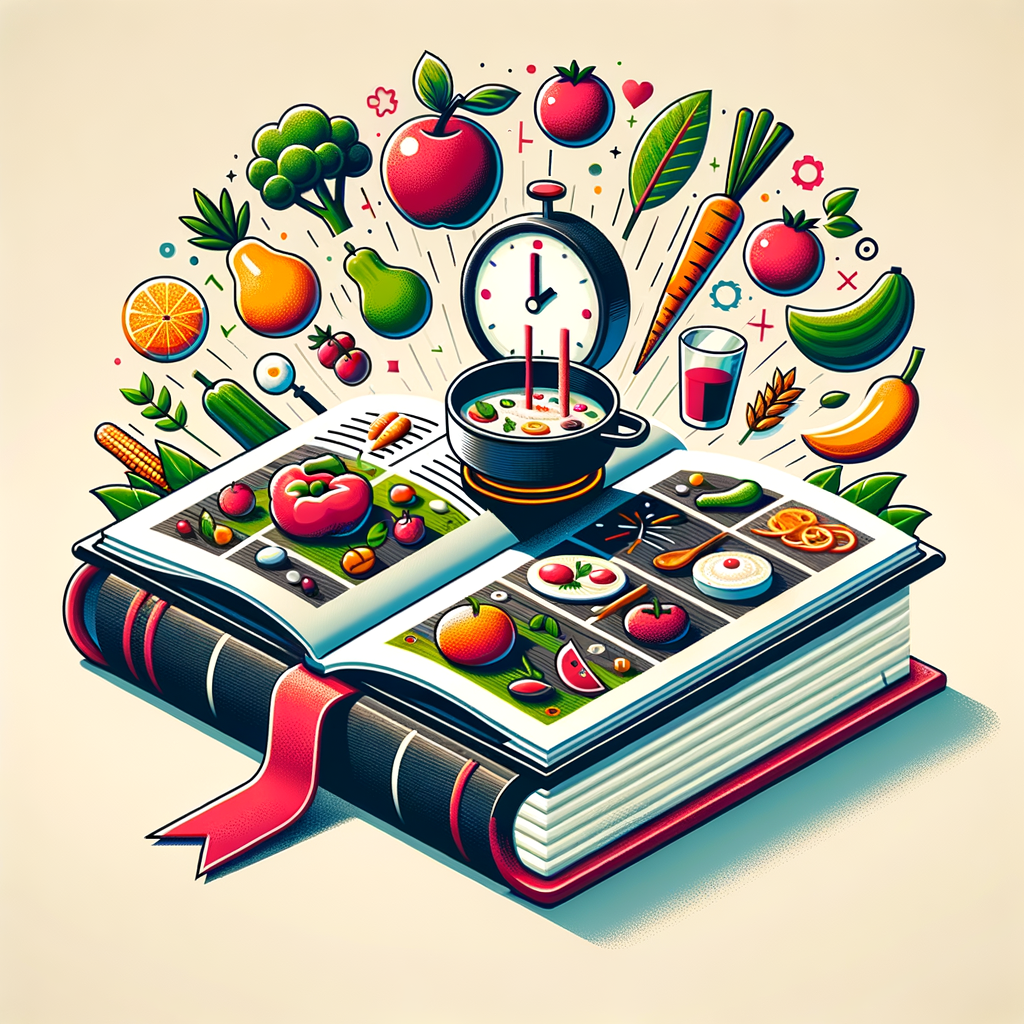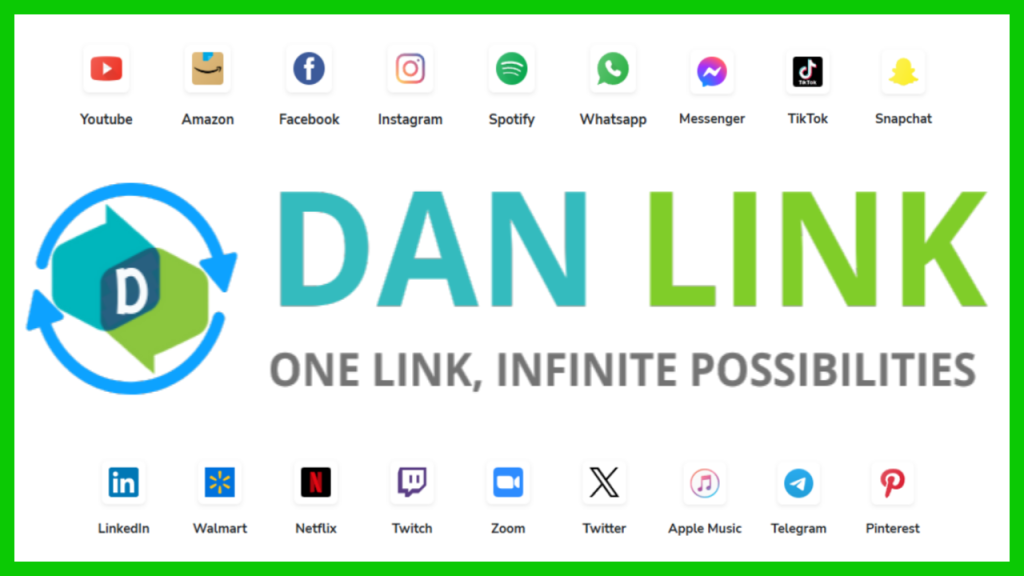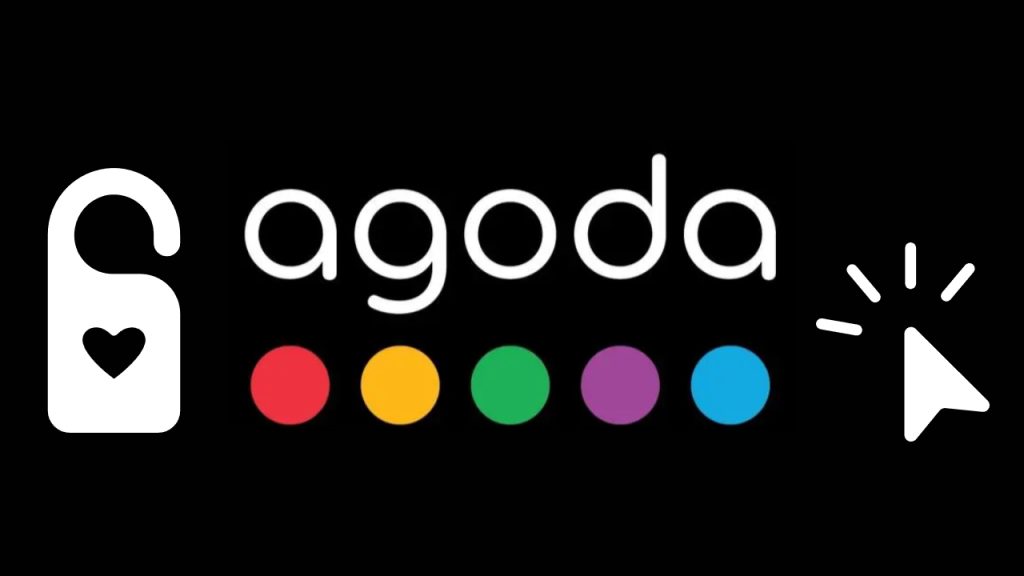In today’s fast-paced world, maintaining a healthy diet can be a formidable challenge. With an abundance of processed foods and hectic schedules, it becomes increasingly difficult to focus on proper nutrition. However, understanding the fundamental principles of a healthy diet, recognizing the essential nutrients, and learning simple recipes can pave the way for better eating habits. This guide aims to provide practical insights into creating a balanced diet and offers tips to sustain this lifestyle long-term.

Understanding the Basics of a Healthy Diet
A healthy diet is one that helps maintain or improve overall health. It provides the body with essential nutrition: fluid, macronutrients, micronutrients, and adequate calories. A balanced diet typically includes a variety of foods such as vegetables, fruits, whole grains, proteins, and dairy, ensuring an appropriate intake of essential nutrients while limiting unhealthy components like saturated fats, sugars, and sodium. Understanding these basic elements can help steer your dietary habits in a healthier direction.
Incorporating a wide range of colors and food types on your plate is critical. Different colors in fruits and vegetables are often indicative of different nutrients and antioxidants, each beneficial to health. For instance, leafy greens are excellent sources of fiber, vitamins, and minerals, while reds and oranges like tomatoes and carrots are rich in vitamins A and C. The key is diversity—ensuring that each meal is rich in different nutrients that cater to your body’s needs.
Moreover, portion control plays a pivotal role in maintaining a healthy diet. Eating in moderation ensures that you’re not only consuming adequate amounts of nutrients but also keeping your caloric intake in check. This balance helps prevent overeating and its associated health risks, such as obesity and metabolic disorders. By understanding these foundational aspects, you lay the groundwork for improved eating habits that can be sustained over time.
Essential Nutrients and Their Benefits
Essential nutrients are compounds that the body cannot synthesize in sufficient quantities and must therefore be obtained from the diet. These include carbohydrates, proteins, fats, vitamins, minerals, and water. Carbohydrates are the body’s primary energy source, found in foods like bread, pasta, and fruits, while proteins, found in meats, beans, and nuts, are necessary for building and repairing tissues.
Fats, although often misunderstood, are crucial for absorbing certain vitamins and providing long-term energy storage. Healthy fats, such as those found in avocados, nuts, and fish, can support heart health and cognitive function. On the other hand, vitamins and minerals are responsible for a myriad of bodily functions. Vitamin C, for instance, is vital for the immune system, while calcium and vitamin D are essential for strong bones.
Water, although often overlooked, is equally essential as it accounts for over half of our body weight and is crucial for maintaining homeostasis. It aids in digestion, absorption of nutrients, and elimination of waste. Understanding the roles and sources of these nutrients enables individuals to make informed dietary choices, ensuring that their bodies receive everything needed for optimal health and performance.
Simple and Nutritious Recipes to Try at Home
Cooking at home is one of the best ways to ensure you’re consuming a nutritious diet. Not only does it allow you to control the ingredients and portion sizes, but it also provides an opportunity to experiment with healthy foods. A simple yet nutritious recipe is a quinoa salad. Cook quinoa and mix it with chopped vegetables like cucumbers, tomatoes, and bell peppers. Add a handful of chickpeas for protein, and dress with olive oil, lemon juice, salt, and pepper.
Another easy recipe is baked salmon. Preheat your oven to 400°F (200°C). Place salmon fillets on a baking sheet, drizzle with olive oil, and season with salt, pepper, and a sprinkle of dill. Bake for about 15-20 minutes or until the salmon is cooked through. Pair this with a side of roasted vegetables such as broccoli or asparagus for a complete meal.
For breakfast, try a smoothie bowl. Blend together a banana, a handful of spinach, a cup of almond milk, and a tablespoon of peanut butter. Pour into a bowl and top with sliced fruits, chia seeds, and a sprinkle of granola. These recipes are not only easy to make but are also packed with essential nutrients, making them perfect additions to a healthy diet.
Tips for Maintaining a Balanced Diet Long-Term
Adopting a balanced diet is not just about making temporary changes; it involves building sustainable habits. Meal planning is an effective strategy to maintain a balanced diet long-term. By planning meals ahead of time, you can avoid impulsive food choices and ensure your diet includes a variety of nutritious foods. This practice also helps in efficiently managing time and resources, reducing the temptation to opt for convenience foods.
Mindful eating is another powerful tool in sustaining a healthy diet. This involves paying attention to hunger cues, savoring each bite, and being present during meals. By focusing on the quality of food and your body’s response, mindful eating can help prevent overeating and emotional eating. It promotes a healthier relationship with food, where you enjoy the experience without guilt or stress.
Lastly, it’s crucial to be flexible and forgiving. Dietary slip-ups are normal, and it’s important not to be overly critical of yourself. The key to long-term success is consistency, not perfection. When setbacks occur, view them as opportunities to learn and adjust rather than failures. By integrating these tips into your lifestyle, maintaining a balanced diet can become a natural and enjoyable part of your daily routine.
A healthy diet is an integral part of a wholesome and balanced life. By understanding the basics, recognizing the importance of essential nutrients, experimenting with simple recipes, and employing strategies for long-term maintenance, you can create and sustain a diet that supports your health goals. Remember, the journey to better eating is a marathon, not a sprint. With time, patience, and persistence, you can cultivate a healthier relationship with food and reap the benefits for years to come.













